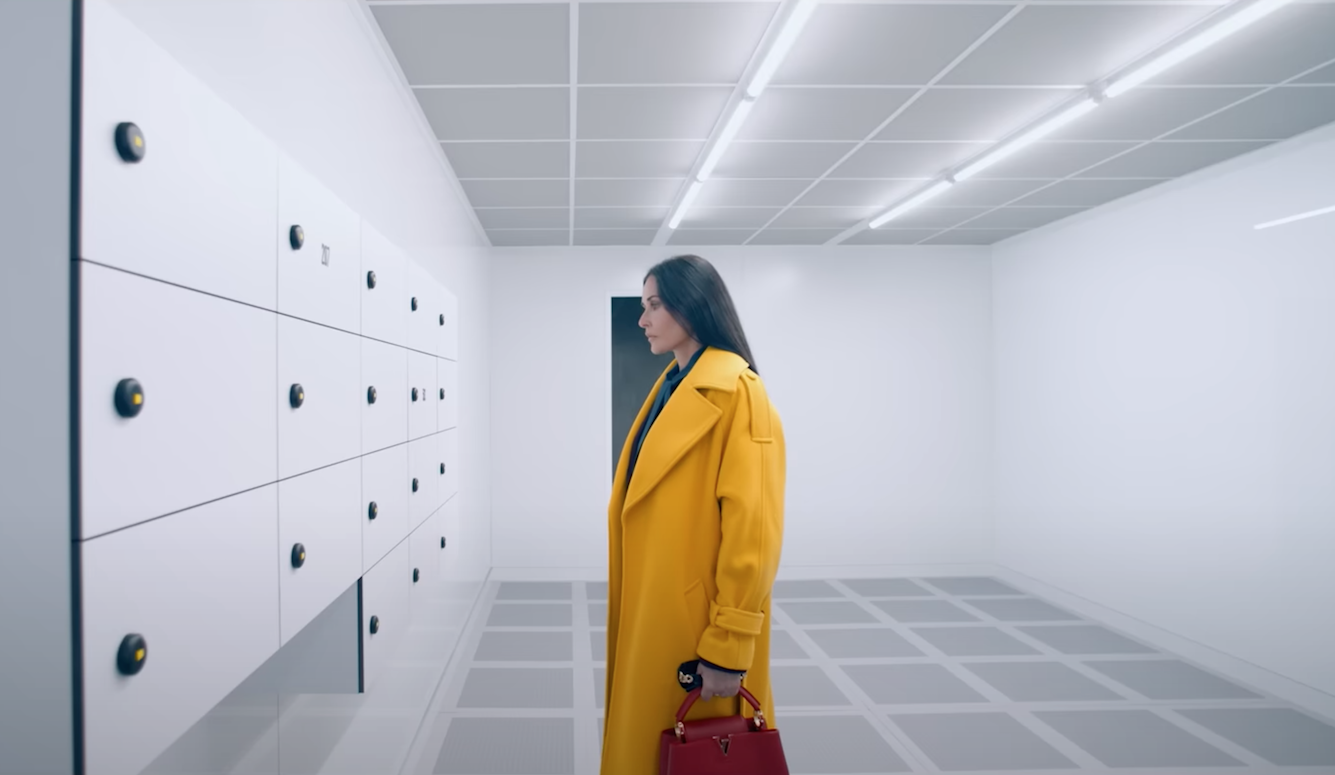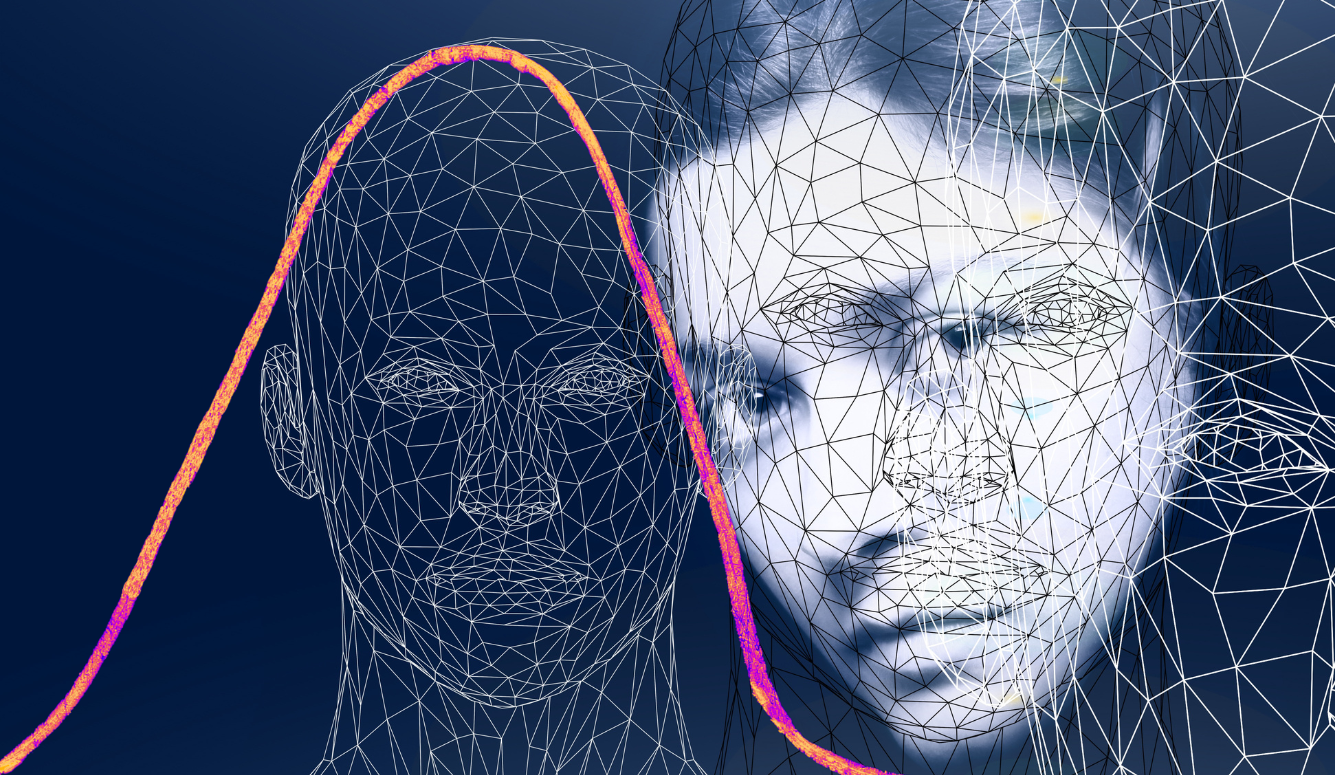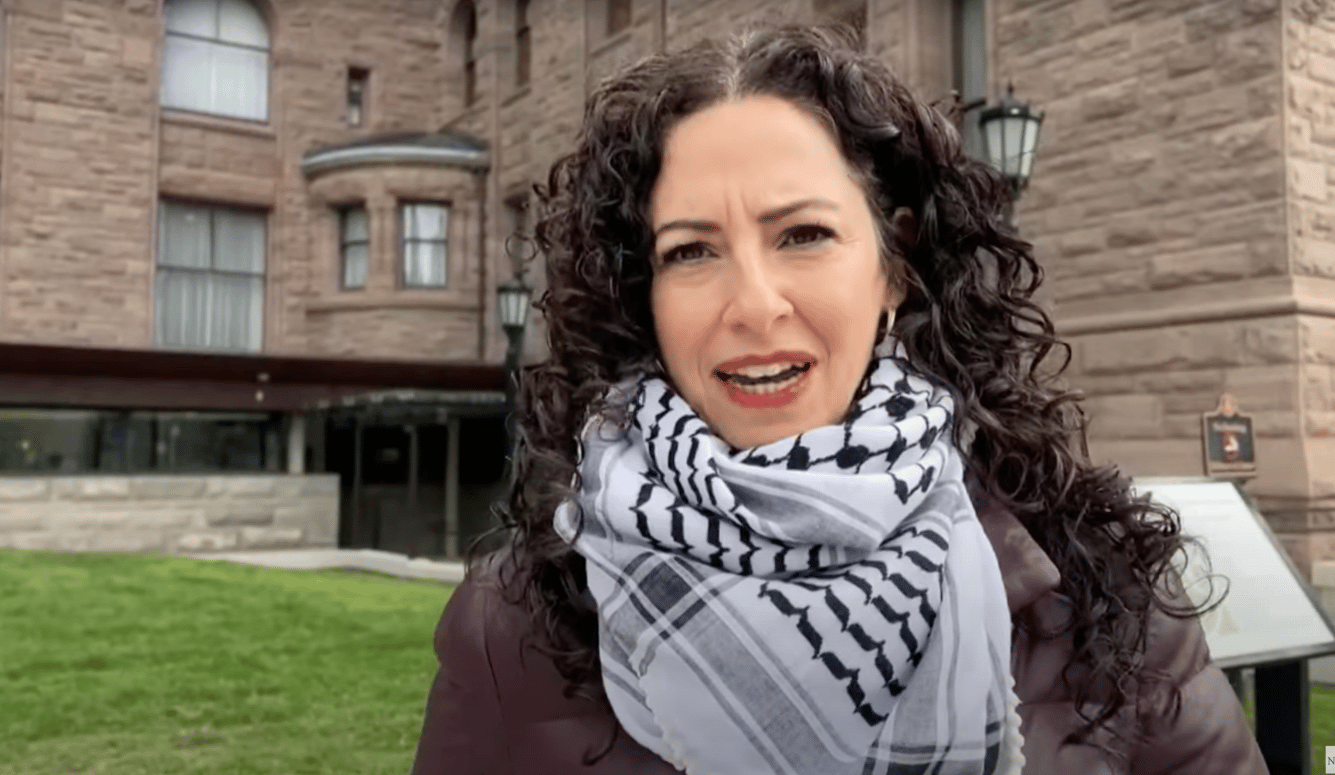Straight to Hell: Millenarianism and the Green New Deal
With the Green New Deal, secular apocalyptic ideas have entered the mainstream of American politics. Millenarian thinking has always been present in the US, but it was avowedly religious.
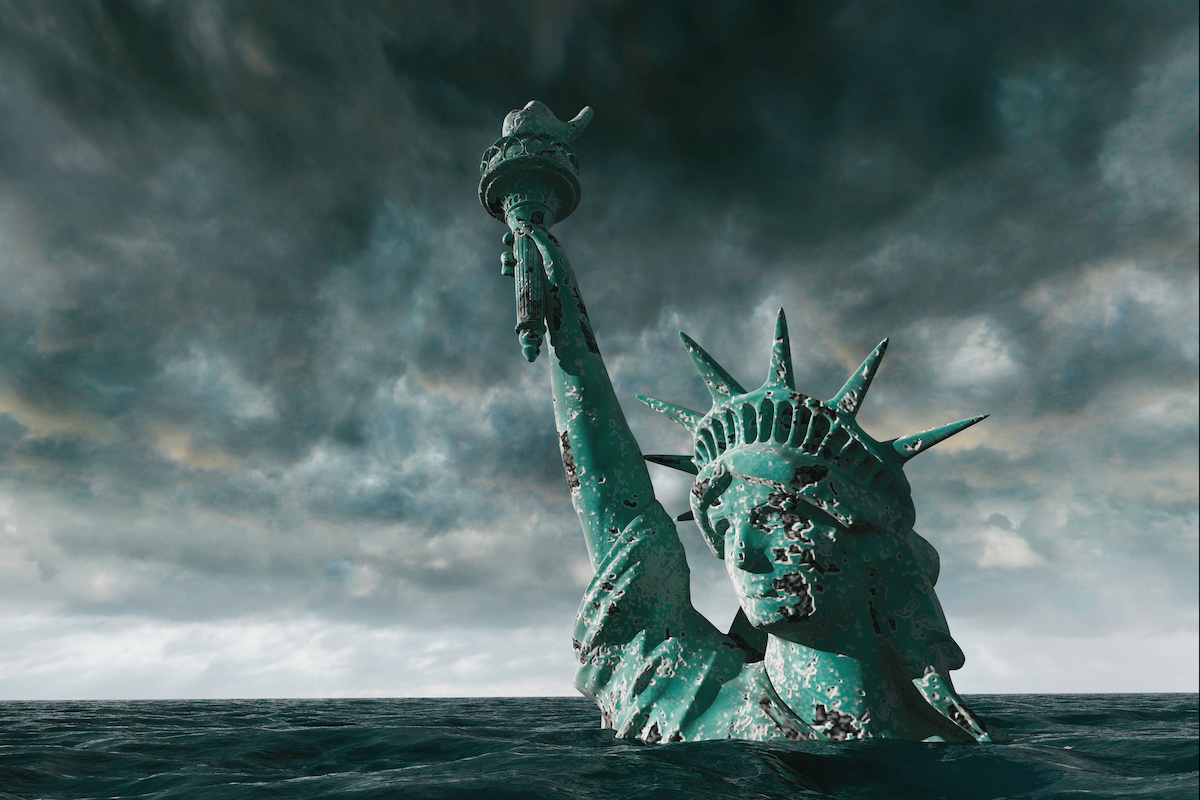
Millennials and Gen Z and all these folks that come after us are looking up, and we’re like, “The world is going to end in 12 years if we don’t address climate change.”
~Rep. Alexandria Ocasio-Cortez, interviewed by Ta-Nehisi Coates at the MLK Now event.
I wish we didn’t have 12 years. It’s our lungs that are going to get choked
with wildfire smoke. … Climate delayers are the new climate deniers.
~AOC on Instagram Live.
Alexandria Ocasio-Cortez, popularly known as AOC, is the youngest member of Congress and she is preoccupied with the coming Apocalypse. The world, she warns anyone who will listen, is going to end in 12 years. “Like, I’m sorry to break it to you,” she announced during a live Instagram broadcast as she made dinner in her Bronx kitchen. “If we do nothing, there is no hope. There is a global threat to the planet. We are dying now.” Her Green New Deal, she insists, is the only way to avoid this looming catastrophe.
AOC’s apocalyptic warnings are not mis-statements nor are they tangential to her thinking, even if she has recently backtracked on some specifics. Although her Green New Deal is ostensibly a strategy designed to address climate change, much of the content isn’t green at all. Instead it is rooted in apocalyptic theology and the radical secular millenarian movements derived from it. These political movements, once they gain power, usually end in a cataclysm, although not the one they have been so busily warning us about.
The Millenarian Promise
And God shall wipe away all tears from their eyes;
and there shall be no more death, neither sorrow,
nor crying, neither shall there be any more pain:
for the former things are passed away.
~Revelation 21:4
Millenarianism comes in many forms, and it usually forewarns of imminent devastation. However, it also tends to denote rebirth, followed by a period of glory and restitution (usually 1000 years) for the elect. The most powerful expression of Christian millenarian thought can be found in the Book of Revelation, which foresees the defeat of the Beast and his prophet by the armies of heaven. Satan’s defeat in the final conflict will bring about the end of history, when the new Jerusalem descends on earth so that God may dwell among his people.
Revelation, also known as the Apocalypse of John, is a profoundly ominous book, and its meaning has been the subject of much debate among religious scholars. The Medieval conception of the Apocalypse was largely shaped by the ideas of Joachim of Fiore (1135–1202), sometimes referred to as the “mad monk.” Fiore was convinced that Revelation was literal prophesy, and that the catastrophe it promised would usher in an era of unprecedented peace which he called “The Third Age.”
Medieval Europe was consequently riven by radical movements feverishly awaiting deliverance. Heretics were pitilessly persecuted. Doom was nigh and Europe surrendered to sectarian bloodletting in anticipation of the promised Third Age that never arrived. Antisemitism flourished during this time of apocalyptic enthusiasm: in 1140 the mystic Hildegard of Bingen preached that the Antichrist was alive and that he was a Jew, leading to widespread pogroms in Germany.
In 1553, the Anabaptists, a Christian sect practising the shocking heresy of adult baptism, established a millenarian proto-communist city state in Münster. Their prophet King, Jan Bockelson van Leiden, proclaimed himself the Messiah and announced that he would preside over the final days. All money was held in common; people ate in communal dining halls while listening to readings from the Bible; polygamy was enforced and women were held to be common property. But the promise of paradise soon devolved into an earthbound reign of terror. Anyone attempting to flee was executed and Catholic Princes laid siege to the embattled city. God did not intervene to protect Münster. Instead, its messianic King was arrested and tortured to death.
The Historian Norman Cohn, in his 1957 book, The Pursuit of the Millennium: Revolutionary Millenarians and Mystical Anarchists of the Middle Ages, found that Millenarian movements always picture salvation as:
- Collective, in the sense that it is to be enjoyed by the faithful as a collectivity.
- Terrestrial, in the sense that it is to be realized on this earth and not in some other-worldly heaven.
- Imminent, in the sense that it is to come both soon and suddenly.
- Total, in the sense that it is utterly to transform life on earth, so that the new dispensation will be no mere improvement on the present but perfection itself.
- Miraculous, in the sense that it is to be accomplished by, or with the help of, supernatural agencies.
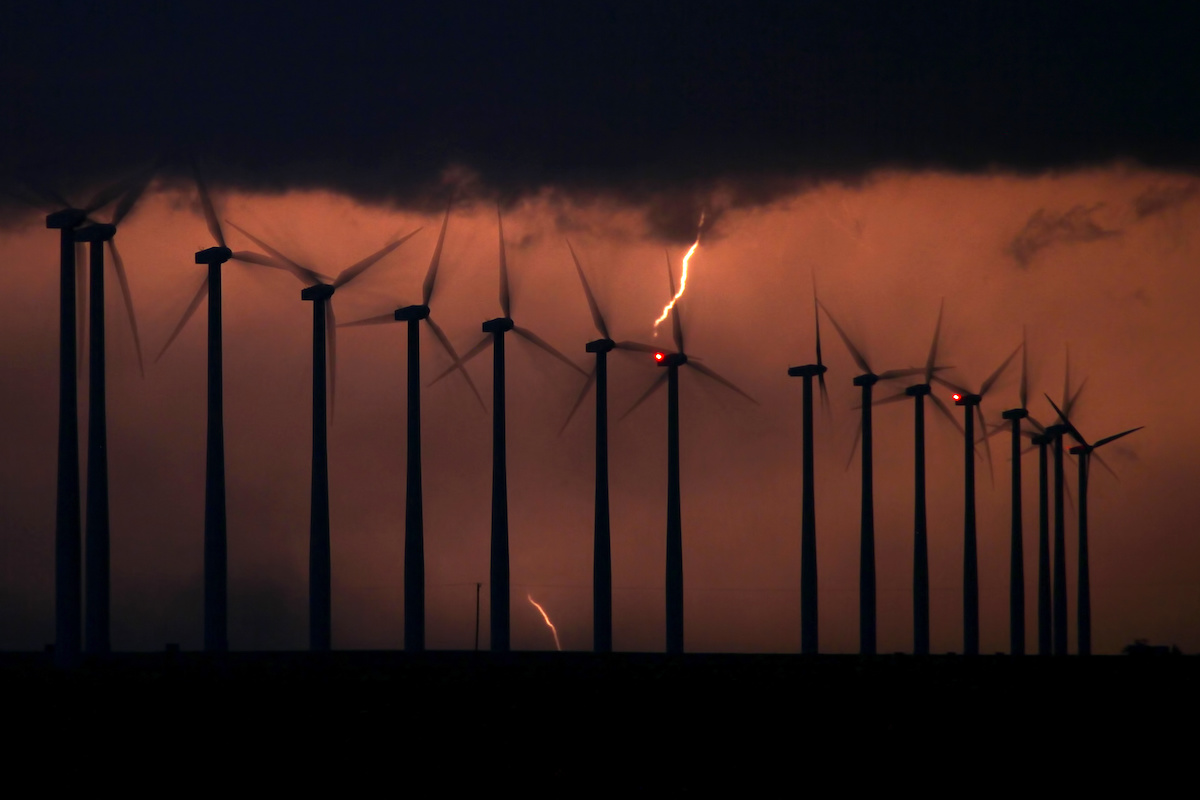
It might have been expected that millenarian thinking would disappear with the Enlightenment and the Age of Reason. But Cohn found that these ideas and the manias they inspired reemerged in the twentieth century’s secular totalitarian and revolutionary movements.
In what could be a description of the Green New Deal, Cohn argued that these movements felt themselves to be engaged in a struggle of unique importance, “different in kind from all other struggles known to history, a cataclysm from which the world is to emerge totally transformed and redeemed…this is the essence of the recurrent phenomenon of revolutionary millenarianism.”
The philosopher John Gray has further investigated how the religious millenarian framework has been repeated in allegedly secular radical movements. As he argued in a 2009 essay for the New Statesman:
The millenarian mentality did not end with the waning of religion—twentieth century secular totalitarian movements exhibited similar patterns of thinking. … Communists and Nazis alike anticipated a historic cataclysm, a rupture in history in which human life would be utterly transformed … Both replicated apocalyptic conception of collective salvation that was structurally identical to that of powerful strands in medieval Christianity. It was no longer God that would bring about the salvation of the world. “Humanity”—or a privileged section of it, thought to be especially progressive or racially superior—would initiate the miraculous transformation.
Maoism, Pol Pot, the Jacobins, the Bolsheviks, and the Nazis are well described by Cohn and Gray’s analyses. All these groups were ready to kill on a massive scale to bring about a transformed society, a New Jerusalem on earth. In the aftermath of the Holocaust and the collapse of communist totalitarianism in 1989, there were commentators who mistakenly felt the West had at last purged itself of this mental framework. This was not the case.
Environmental Eschatology
The Green New Deal was sponsored by AOC and introduced as House Resolution (H.Res.109). Entitled “Recognizing the Duty of the Federal Government to Create a Green New Deal,” it calls for net zero global greenhouse gas emissions by 2050 and the immediate upgrading of all existing buildings in the US to achieve energy efficiency. While there are obviously no calls for violence to be found within its pages, the rhetoric of its supporters is replete with apocalyptic ideas and language. It is interesting that during this new era of millenarian enthusiasm, the specter of antisemitism, and its attendant tropes of malevolent Jewish power, have once again emerged from the section of the conspiratorial Left most committed to a utopian vision (although not in the New Green Deal itself).
AOC has been at pains to stress that there is nothing especially radical about the Green New Deal, and that it fits squarely within the American political tradition, from the American Revolution to FDR’s New Deal. Senator Ed Markey, sponsor of the Senate version of the resolution, has been less guarded about the nature of their project. In a trenchant op-ed in the Boston Globe headlined, “The Green New Deal Is More than a Resolution—It’s a Revolution,” Markey wrote, “The climate crisis isn’t politics, it’s life and death.” He added that “the goals of the Green New Deal are an existential threat to Big Oil, oil-industry magnates, and major Republican donors the Koch brothers, and their corporate polluter allies.”
Those who worry about global warming but also understand the state of current technology, counter that we don’t really have the required solutions at the moment. As David Hart, an informed Washington technology analyst wrote:
I am in whole-hearted agreement with the goals of the Green New Deal, as laid out yesterday by Sen. Ed Markey (D-MA) and Rep. Alexandria Ocasio-Cortez (D-NY). I want the United States to stop emitting greenhouse gases, create millions of good jobs, and promote justice and equity. I only have one problem with the plan. It won’t solve the climate crisis.
A core problem is that the Green New Deal is not globally cost effective. Research on better and cheaper technologies would be a more pragmatic and effective route forward to reducing global carbon emissions. Nor does it help that many environmentalists remain allergic to the prospect of a nuclear solution.
But these are empirical points. And the Green New Deal is taking place on the millenarian plane, closer to a Biblical prophecy. It is naïve to subject it to empirical criticism.
A Message from the Future
During Holy Week 2019, shortly before Easter, the Intercept published a short promotional film entitled “A message from the Future with Alexandria Ocasio-Cortez,” along with a lengthy accompanying essay by Naomi Klein. The film is co-written by Klein’s husband Avi Lewis and AOC, narrated by AOC, and illustrated by activist Molly Crabapple. It purports to show what the future will look like once the Green New Deal is implemented.
The video opens with AOC, now with a few grey hairs, riding a bullet train from NYC to DC in 2028, reflecting back on her part in saving America. After a description of the newly diverse Congress of 2018, AOC shifts into a conspiratorial history of global warming: ExxonMobil, we learn, knew what was happening but willfully chose to sow doubt and denial about climate change, even as the “climate bomb” of Hurricane Maria devastated AOC’s ancestral island of Puerto Rico. “Lots of people,” she says ruefully, “gave up and said we were doomed.”
However, the Democrats had recaptured the White House in 2020 and launched “the decade of the Green New Deal”—a social and ecological transformation that included, inter alia, new “green jobs,” Medicare for all, a Federal jobs guarantee with dignified living wages, universal childcare, and high wages for teachers, domestic workers, and home health aides.
The Green New Deal has been widely criticized for its technocratic shortcomings, and the film acknowledges some of these criticisms in passing. “When it came to healing the land,” AOC sighs, “we had huge gaps in our knowledge. Luckily, indigenous communities offered generational expertise.” But even indigenous wisdom was not enough to prevent another onslaught of fires, droughts, and a flood which left Miami submerged. However, the Green New Deal had prepared Americans with new infrastructure, and—best of all—“by committing to universal rights like healthcare and meaningful work for all we stopped being so scared of the future.” The film closes with “Ileana,” a child of color from AOCs district, who has grown up to win AOC’s seat in Congress in 2028 so she can continue AOC’s good work. “We can be,” AOC concludes, “whatever we have the courage to see.”
The film effectively conveys AOCs vision of the future. But its logic is haphazard and confused. The links between its social justice imperatives and pragmatic policies for reducing carbon emissions are tenuous. It is not obvious, for example, how Congressional diversity is linked to arresting climate change. Nor is it clear why Medicare for all will heal the environment; some environmental thought holds that human population growth is a cancer on the planet, (although there is debate in green circles about the wisdom of anti-humanism).
But if AOCs message from the future makes no sense as a coherent environmental statement, it makes complete sense as a millenarian prophecy. The Apocalypse is imminent. There is a battle of good against evil. The outcome is one of an earthly paradise. Here God’s faithful “remnant”, who are illustrated throughout the film, are those who have “faced systemic injustices.” The actual Green New Deal Resolution reveals their identities:
Indigenous peoples, communities of color, migrant communities, deindustrialized communities, depopulated rural communities, the poor, low-income workers, women, the elderly, the unhoused, people with disabilities, and youth (referred to in this preamble “frontline and vulnerable communities”)
The Beast is represented by corporations and capital—specifically, ExxonMobil and (presumably, though unnamed) co-conspirators like Fox News, the Republican Party, and anyone in the liberal center or broader Left not on board with the Justice Democrats’ agenda. Donald Trump is, naturally, the anti-Christ.
A widely ridiculed and hastily deleted FAQ, briefly posted on AOC’s Congressional website, promised that the Green New Deal would provide, “economic security for all who are unable or unwilling to work.” This line, in particular, provoked much stunned incredulity, but the FAQ was simply a reheating of the idea that in the final Kingdom, the saints would enjoy ease and riches, security and power for all eternity. This is a standard egalitarian millenarian promise, not a climate change plan.
To the GOP extremists trying to invoke “the unborn” to jail people for abortion:
— Alexandria Ocasio-Cortez (@AOC) May 17, 2019
Where are you on climate change? OH right, you want to burn fossil fuels til there’s hell on Earth.
If they were truthful about their motives, they’d be consistent in their principles. They’re not.
Rather than mocking AOC’s Green New Deal and its more absurd elements, we should be troubled by it. It is a reminder that many Americans are desperate for salvation and that religion is no longer slaking this thirst. It points to some underlying problem in US, some sort of social or economic disturbance, of which the opioid epidemic is another symptom.
For a long time, any questioning of, or even neutral discussions about global warming has been treated as intolerable dissent. Pragmatic caution and incrementalism have been scorned as evidence of suicidal weakness or worse. What is new in the Green New Deal is this type of religious certainty has been extended to discussions around technological solutions as well. “I will be damned,” AOC declared in May, “if the same politicians who refused to act then are going to try to come back today and say we need to find a middle-of-the-road approach to save our lives.”
It is increasingly heretical to argue we need to develop better science and technology first before implementing anything as ambitious as the Green New Deal. Evaluating and proposing green technology today is no longer a question of pragmatic policy, it is a matter of eschatological doctrine, of “my truth.”
With the Green New Deal, secular apocalyptic ideas have entered the mainstream of American politics. Millenarian thinking has always been present in the US, but it was avowedly religious. Today, those warning of the imminent Apocalypse are not just cranks in sandwich boards on street corners; they are seated in Congress. The radical millenarian ideas that flourished in the Middle Ages or unstable European societies in the early twentieth century can now be found at the heart of the Democratic party.
Can the radical millenarian vision offer salvation for American current darkness? AOC says, “You can’t be what you can’t see.” But we have seen what secular apocalyptic movements look like. Not one of them has delivered on their prophecies of a Third Age and their promises of a paradise on earth. They have all reliably delivered something else: visions that, if implemented, invariably take us straight to Hell.
Correction: an earlier version of this article identified Naomi Klein’s husband as Avi Lerner, not Avi Lewis. Quillette apologises for the mistake.



